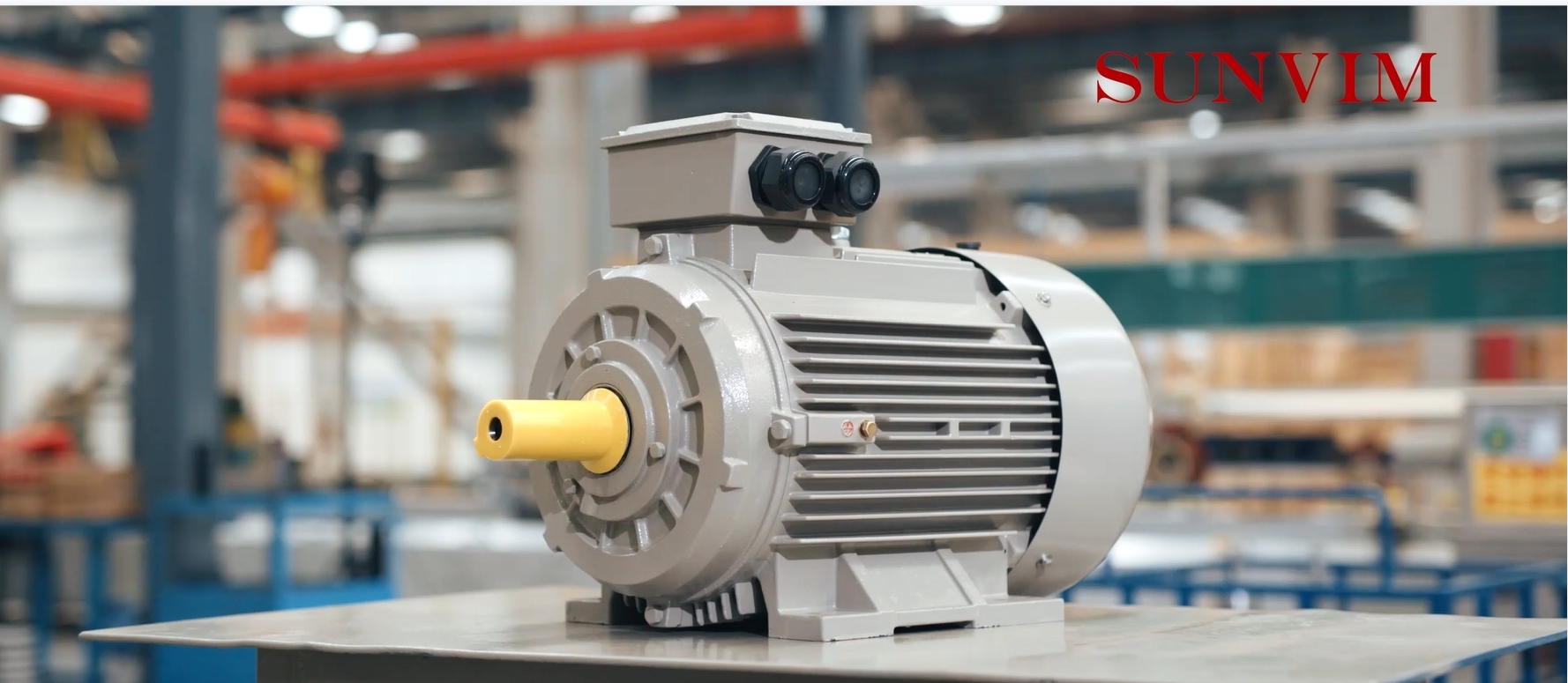Shaft breakage is a quality problem that occurs from time to time in motor products, and more often occurs in large-sized motors. The fault is characterized by the regularity of the fracture locations, that is, the root of the shaft extension, the root of the bearing position, and the weld end of the welded shaft. From the analysis of the characteristics of the motor shaft, due to the structural requirements of the motor itself, the bearing position, shaft extension position, iron core position, fan position, and wound rotor motor collector ring position are the more critical installation dimensions, and because of the coordination Due to the dimensional characteristics of components, there are large differences in the diameters of different installation parts. The larger the motor, the greater the absolute difference.
According to the machining characteristics of conventional shafts, round steel is used as the processing blank. For most low-voltage, high-power and high-voltage motors, larger diameter requirements are obtained through welding at the core of the rotor. The welded parts are sometimes Round steel with a relatively small diameter is directly used, while some use steel plates of appropriate thickness, but no matter what method, welding technology is used to connect the two.
The requirements for different diameters at different positions, as well as the processing technology, determine the stepped characteristics of the shaft. Especially when the diameter changes greatly, this position will become a weak link during the operation of the motor, and the motor bearing position, shaft extension position and welding The welded end faces of shafts all have this characteristic, especially welded shafts, which not only have machining stress, but also have serious welding stress problems.
Post time: Oct-11-2024

